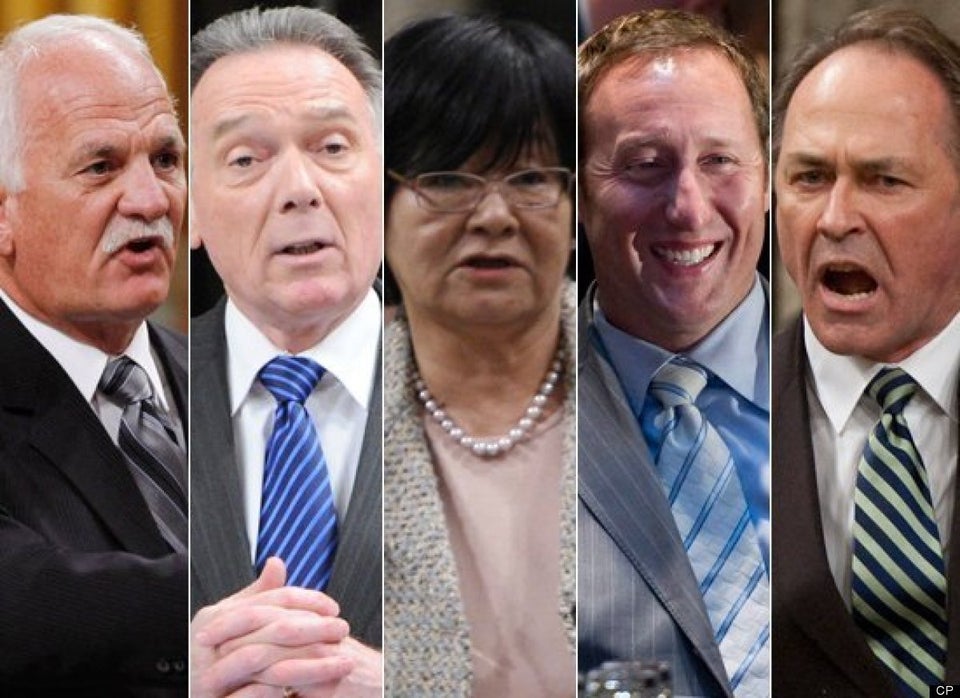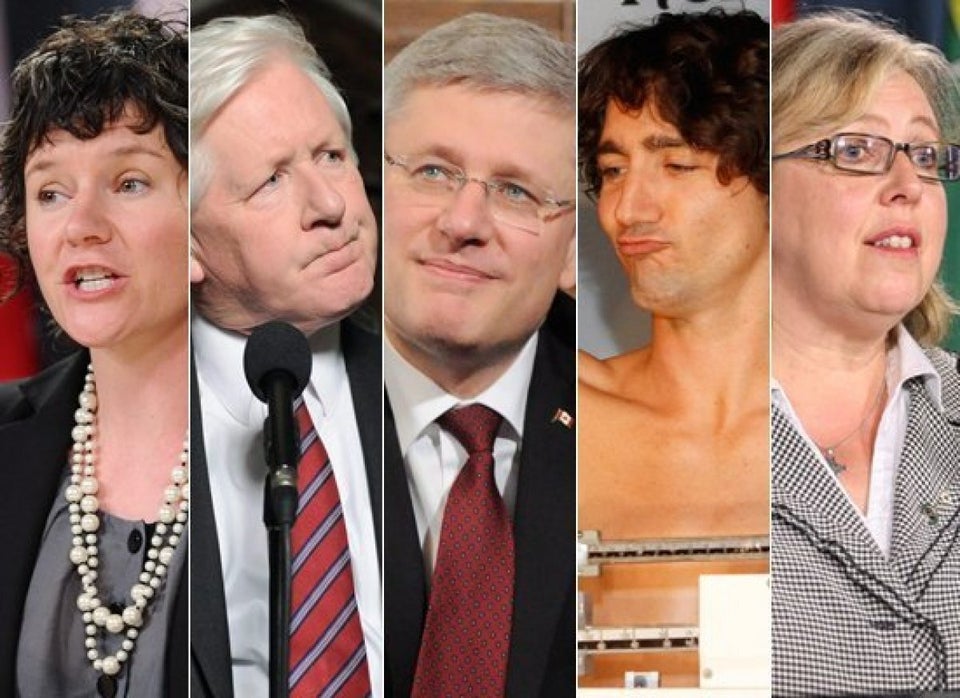
While the temperature may be rising in some parts of Canada, the heat is off the country's politicians as Canadians concern themselves with their summer vacations. But how has public opinion shifted between now and the last time that having enough sun block was an issue of national concern?
Nanos Research released a new poll on Thursday, indicating that the Conservative Party has the support of 33.6 per cent of Canadians. That puts them narrowly ahead of the New Democrats, who trail with 30.3 per cent. None of the national shifts in public support since Nanos's last survey, taken at the end of May, are outside the margin of error.
But what about when Nanos was last in the field at the height of summer a year ago? At that time, the political landscape was quite different. Jack Layton had just announced that he was taking a break as leader to focus on his health and had handed the interim leadership over to Nycole Turmel.
A poll conducted by Nanos Research between July 25 and August 2, 2011 found that the Conservatives held a significant lead over their rivals: 36.2 per cent to 27 per cent for the Liberals and 26.8 per cent for the NDP. In one year, then, Conservative support has dropped by 2.6 points while the New Democrats are up 3.5 points. That six-point swing has put the two parties almost neck-and-neck in a matter of 12 months.
This story of Conservative loss and NDP gain was repeated in most parts of the country. Aside from British Columbia, where the Tories are up 7.6 points over where they stood in July-August 2011, the Conservatives have slipped everywhere. While the decreases in support in Ontario, the Prairies and Atlantic Canada may not be hugely significant, the party has shed 7.4 points of support in Quebec. One year ago, the Conservatives were at 24.2 per cent in the province, second only to the New Democrats. Today, they are at 16.8 per cent support and now also behind the Liberals and Bloc Québécois.
The Liberals, Greens and Bloc have been in a holding pattern over the last 12 months. Any shift in support for these parties since then is within the margin of error. This might have been expected, considering that the Bloc Québécois and Greens have a more tightly defined base and the Liberals are still without a permanent leader.
But the New Democrats have made inroads from coast to coast. Some of their gains are so modest as to be statistically insignificant, with some marginal increases in British Columbia and Quebec since the summer of 2011. However, Atlantic Canada has opened its arms to the NDP, which has picked up over 13 points and has moved from third to first in the region. A recent poll of Newfoundland and Labrador, which showed the party flirting with majority support in the province, was just one recent sign of their improving fortunes on the East Coast.
Another two or three summers will pass before Canadians are asked to cast their ballots, and in the interim some potentially game-changing provincial elections will take place in British Columbia, Quebec and perhaps even Ontario. Things have already changed a great deal in one year's time. How will it all look in another three? Plenty enough to contemplate over a cold beverage on a hot summer's day.
Éric Grenier taps The Pulse of federal and regional politics for Huffington Post Canada readers on most Tuesdays and Fridays. Grenier is the author of ThreeHundredEight.com, covering Canadian politics, polls and electoral projections.
Also on HuffPost

